Longtime member and moderator of TheCatSite, Norachan is a British expat who lives in rural Japan. In this article she shares with us her adventures in trapping feral cats in a nearby village.
Bringing together cat lovers from different cultures, they applied the method known as TNR, an acronym which stands for Trap-Neuter-Return. You can read more about TNR here:
Everything You Need To Know About Tnr (trap-neuter-release)
We hope you'll find this story inspirational as well as educational!
The Setting: Bessou's Feral Colony
This summer I had the chance to help trap a colony of feral cats living in a rural part of Japan.
The cats were in an area known as a "Bessou", that is an area of summer houses where people spend the warmer months but then pack up and leave during the winter.
People had been feeding the cats for years, but because they were left to fend for themselves during the cold weather and, no doubt, because of the difficulties feral cats have surviving even with our help, the colony was still quite small.
TNR in Japan: A New Concept
The idea of doing TNR is still fairly new in Japan, but it is gradually becoming more common.
I'm lucky enough to have a very supportive vet who not only agreed to treat the feral cats I care for, but also lent us his trap for the summer.
SIGN UP FOR THECATSITE'S EMAIL UPDATES >
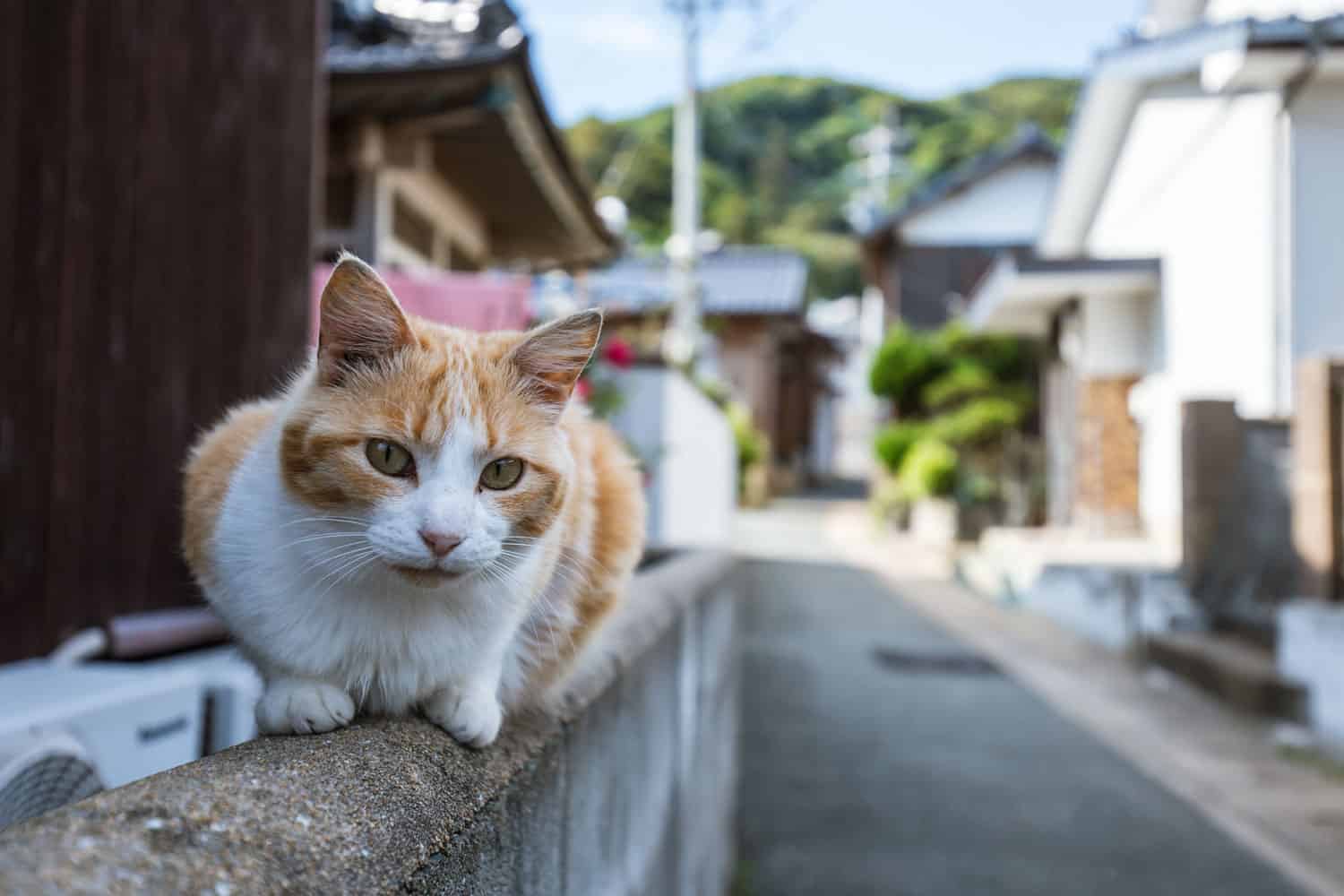
At first we thought it was going to be a fairly standard TNR operation.
However, there aren't the same kind of animal welfare services and charities in this part of the world as there might be in the US or the UK.
Most spaying and neutering is paid for by the people who feed the cats.
As we didn't have a great deal of money we began by trying to catch the female cats.
That way we wouldn't have as many new kittens to worry about and could get the male cats neutered later on.
We used a standard wire trap, but rather than setting it as usual we propped the door open using a metal prop with a long piece of rope around it.
That way if the male cats went in to the trap we could let them eat and leave, but if a female cat went in we could pull the rope and shut the trap door.
After a couple of days of feeding we had our first success. The beautiful Mei Lin was trapped and taken to be spayed.
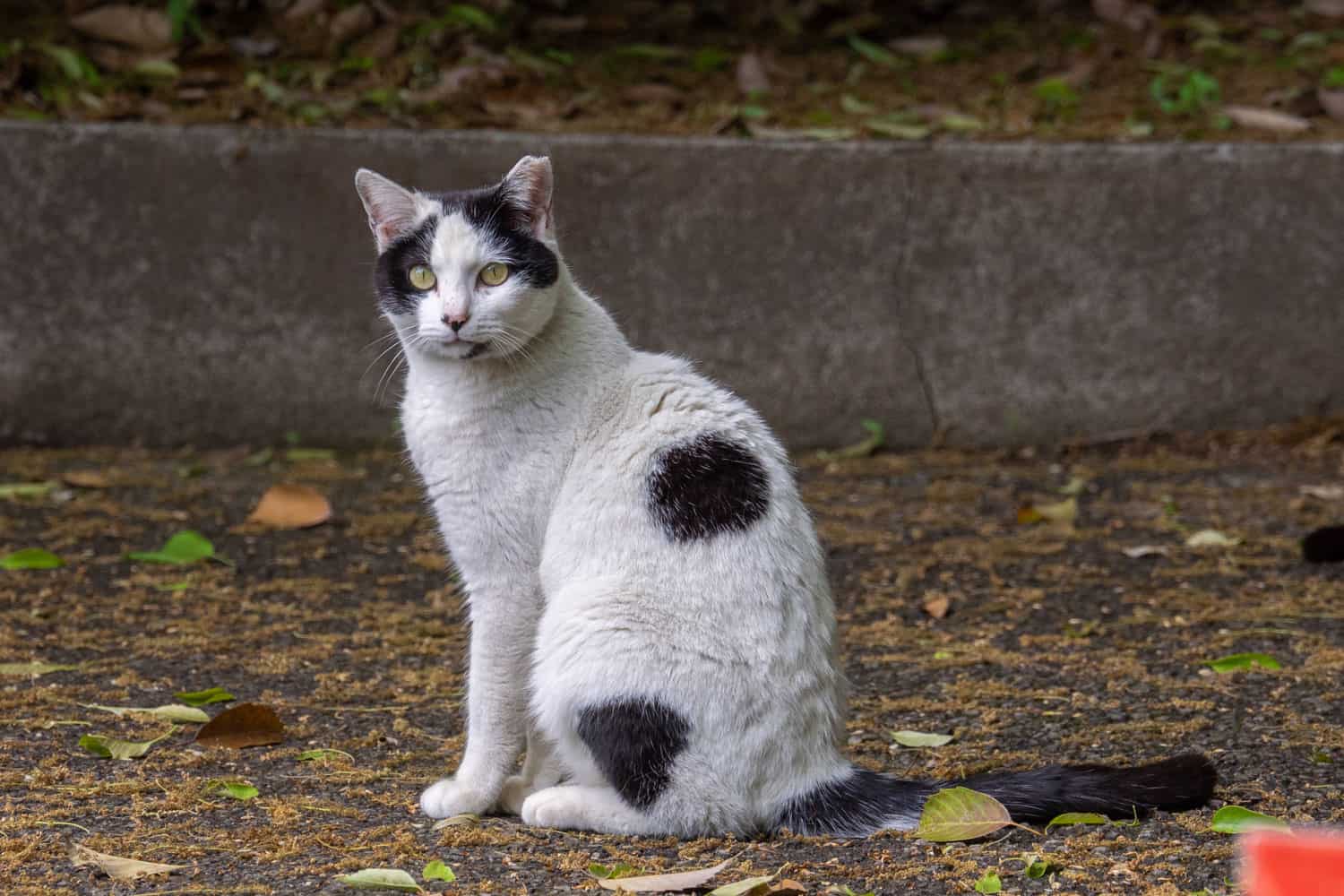
Challenges on the Ground: Change in Caregiving
After we had trapped a few cats another problem arose.
One of the cat's main care-givers, a lady who had also built a cat shelter in her backyard, told us that she could no longer feed the cats regularly.
This was a blow because even though other people left food out for the cats at times this lady was the most regular feeder.
A lot of the people who have summer houses in this area are quite elderly. So, finding someone who could commit to being here all winter and feeding the cats every day was very difficult.
We wondered what we should do. On the whole feral cat populations are tolerated in Japan.
However, there aren't many places that a whole colony can safely be relocated to.
Adult feral cats are very difficult to rehome. The thought of leaving them to struggle through the winter outside was heartbreaking.
We tried contacting as many shelters and animal rescues as we could find in the hope that at least some of the cats could be saved.
A Ray of Hope: Collaborating with a Private Rescue
Eventually a contact at our local village hall put us in touch with a private rescue who could help. It was only a small rescue, but it was run by a person who had a lot of experience of trapping and caring for feral cats.
With their help we were able to trap all 14 members of the colony. The cats were all blood tested, vaccinated and spayed or neutered.
As they are too wild to be rehomed they will spend the rest of their days in the rescue's cat room.
They'll be in the same room as their colony friends. And, most importantly, they won't have to suffer another Japanese winter outdoors.
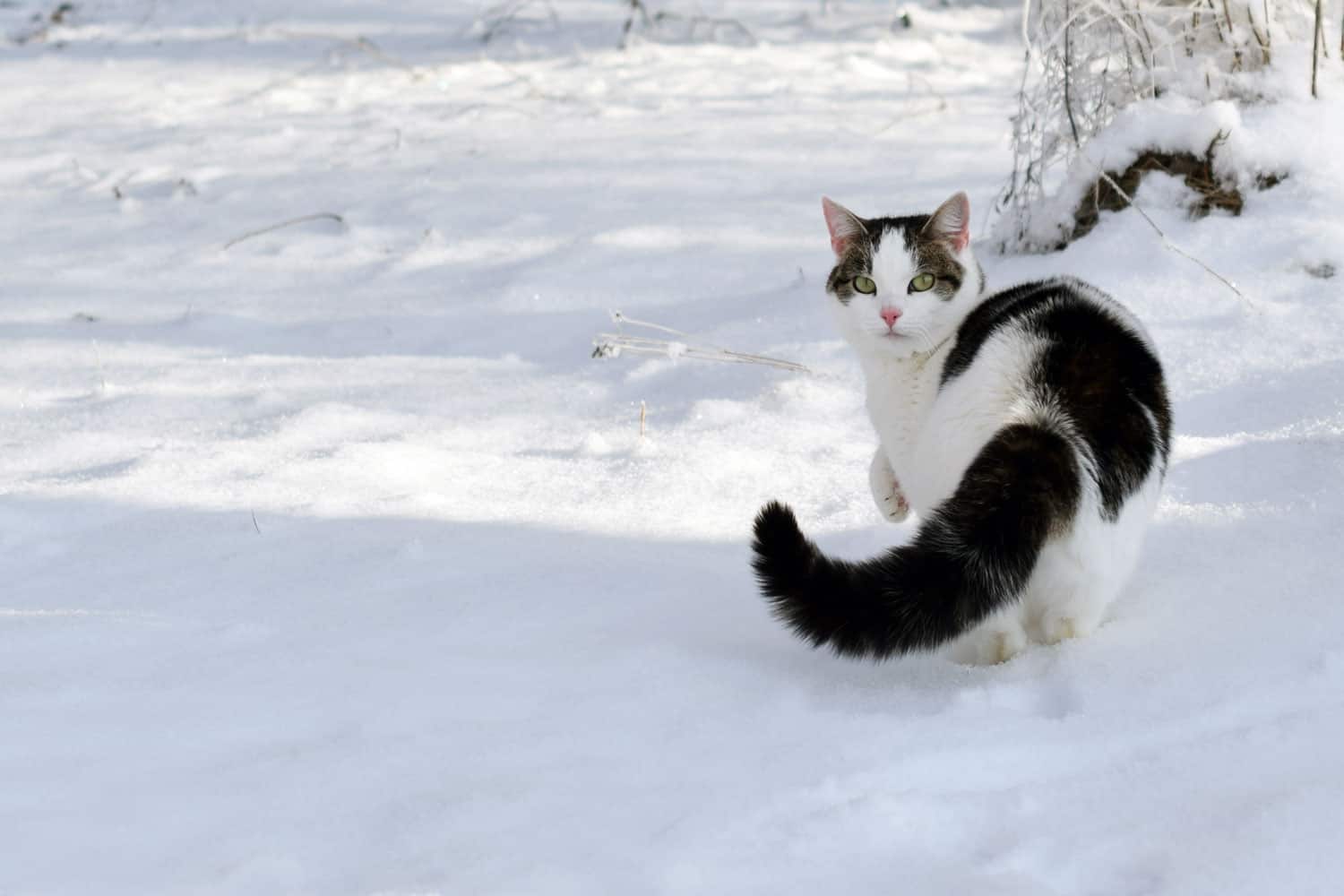
My lessons from trapping feral cats in Japan
First of all, make a start. Even though the idea of getting a whole colony fixed can be daunting at first, every little success is a step in the right direction.
Just getting one female cat spayed will mean a lot less kittens are born into the colony every year.
Second, build up a network. It's a good idea to contact as many shelters and rescues as you can. Even though most places are overwhelmed with animals there may be a place for one cat or one kitten somewhere.
Having someone who will listen and may even be able to suggest another organisation who can help is invaluable.
Finally, don't give up. It took me well over two years to get the first colony I worked with all TNR'd. This time it only took about four months.
It might mean a lot of waiting around outside and many fruitless hours watching an empty trap. However, helping the cats makes it all worthwhile.
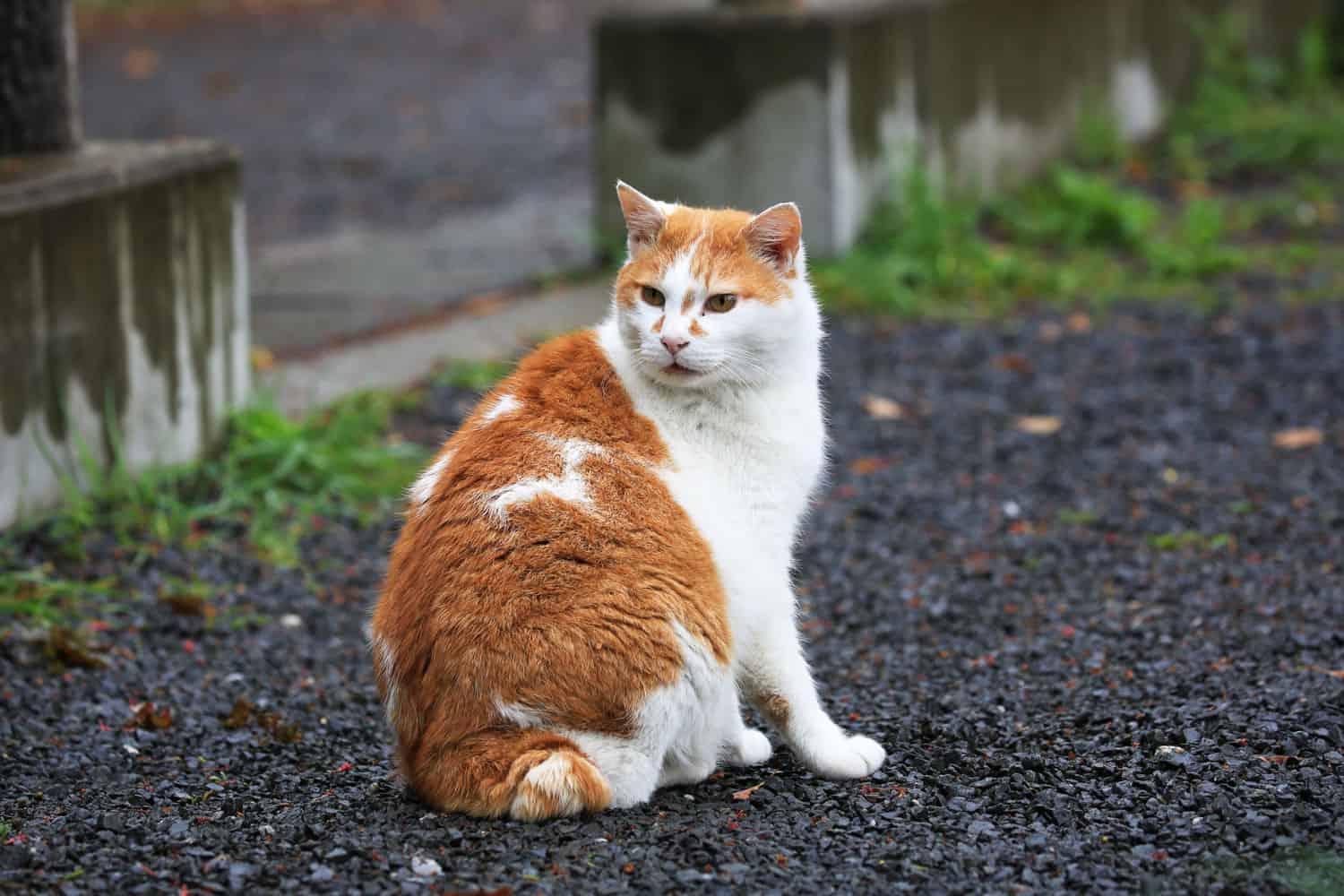
Written by TheCatSite member and moderator Norachan
Please share this story to help others see that helping feral cats is a real option - anywhere in the world!
Let us know what your thoughts in the comment section below. If you have any questions about helping feral cats where you live, please start a thread in our feral cat care forums.
SIGN UP FOR THECATSITE'S EMAIL UPDATES >
Note: We may get commissions for purchases made through links on this page.

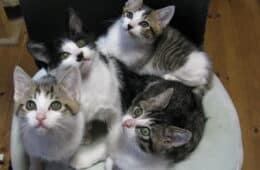

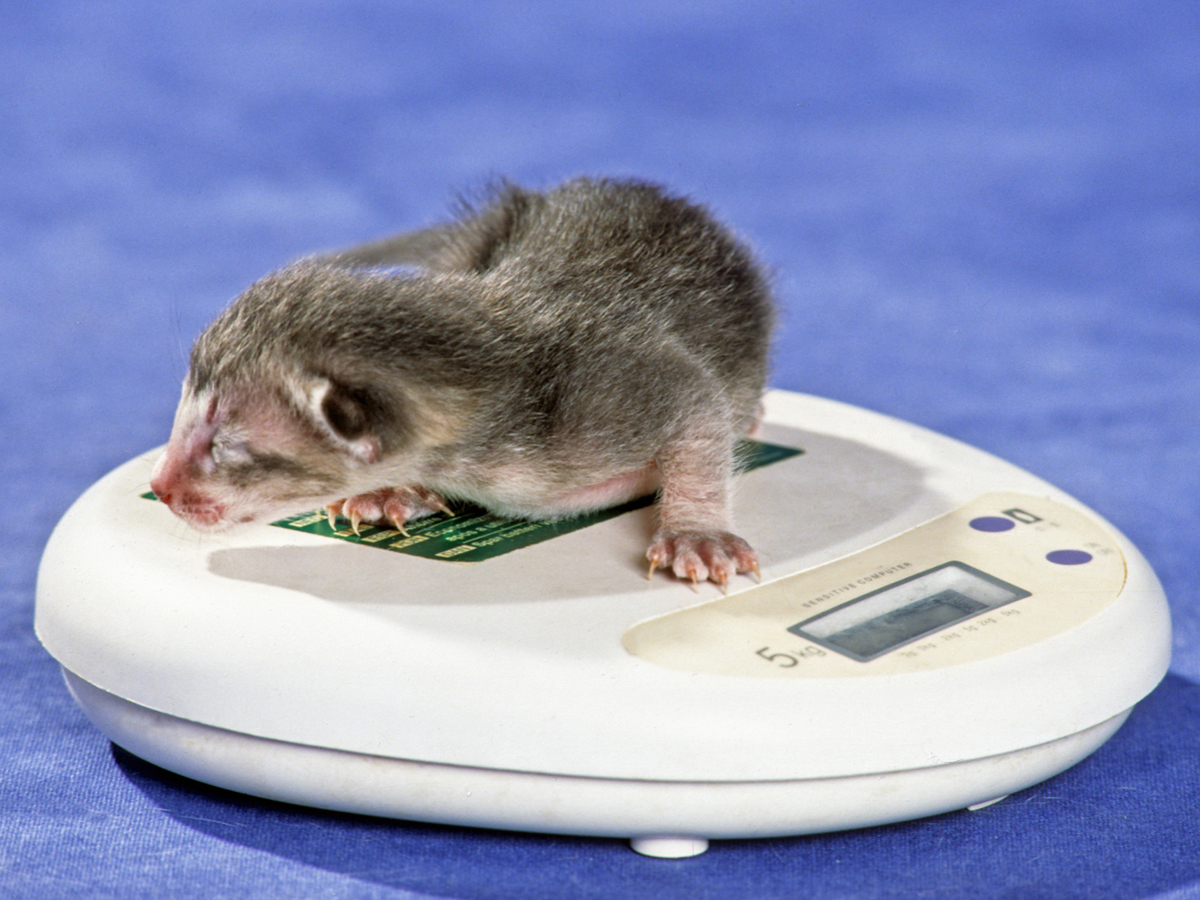
15 comments on “Trapping Feral Cats In Japan”